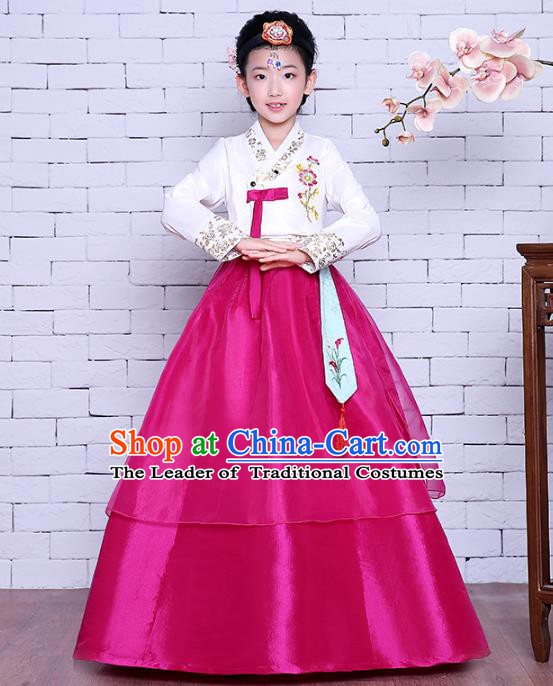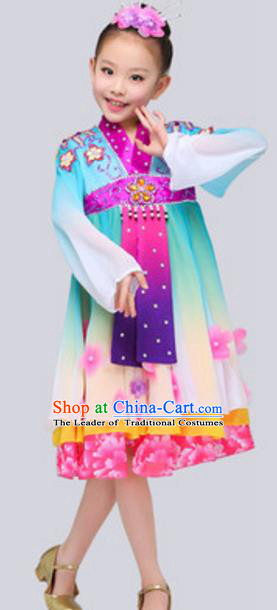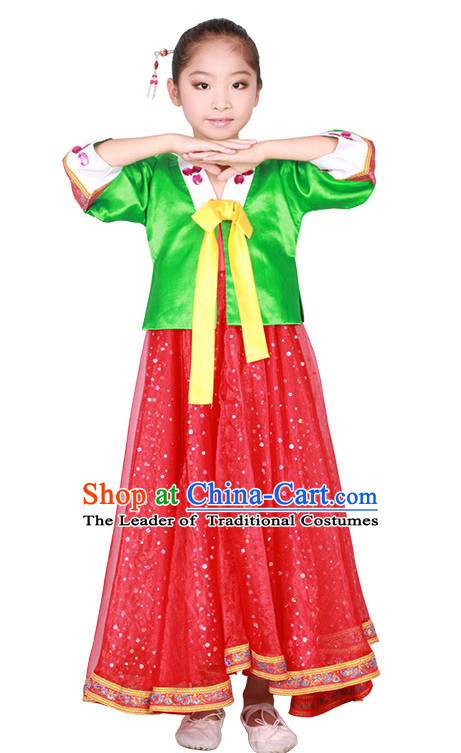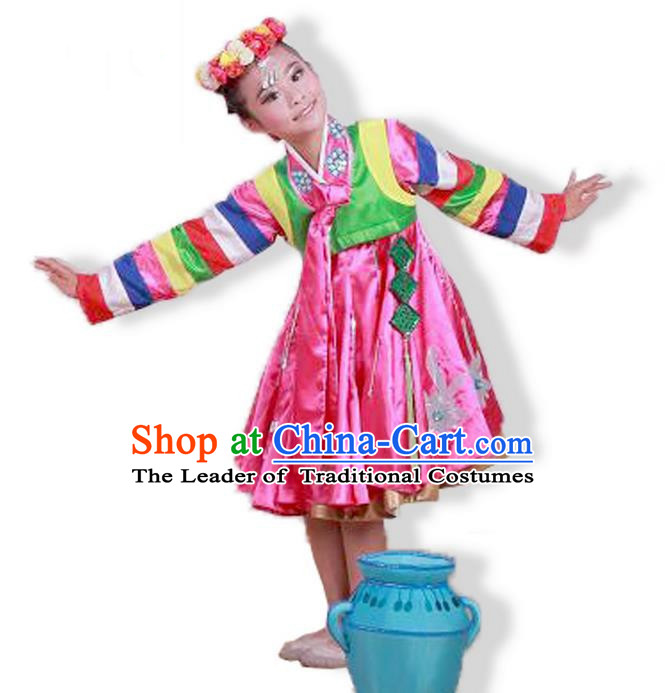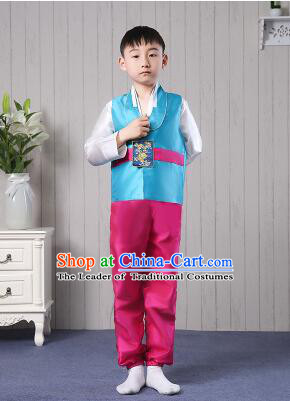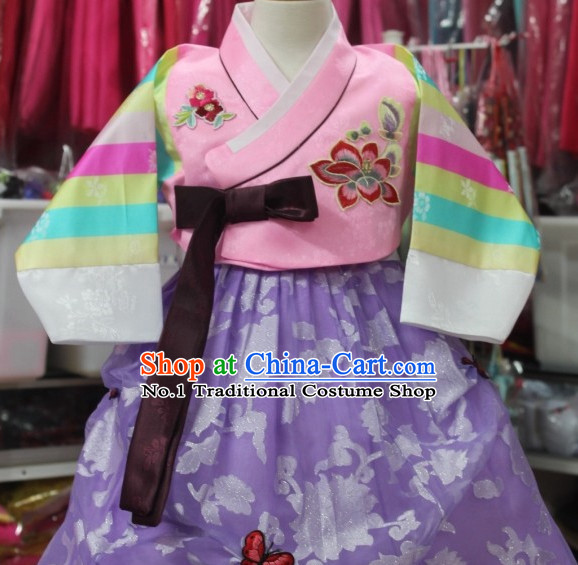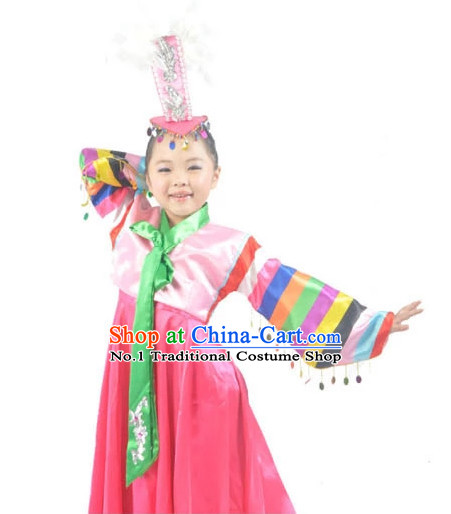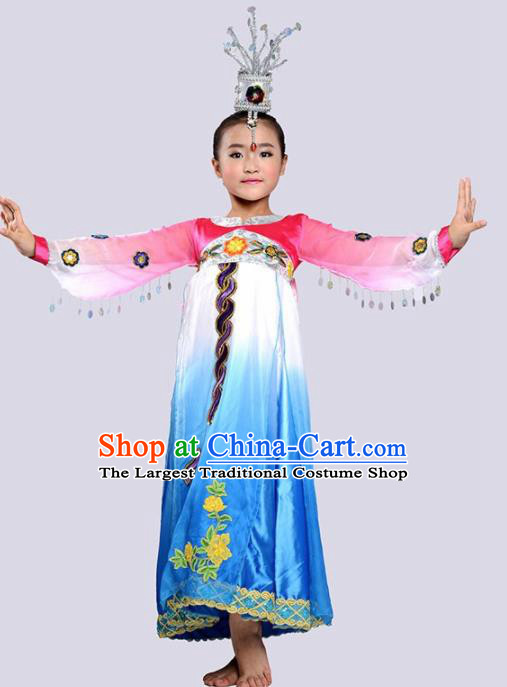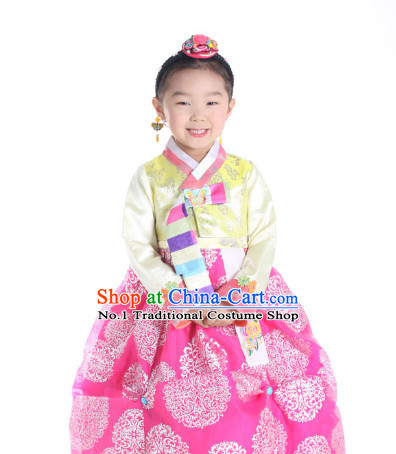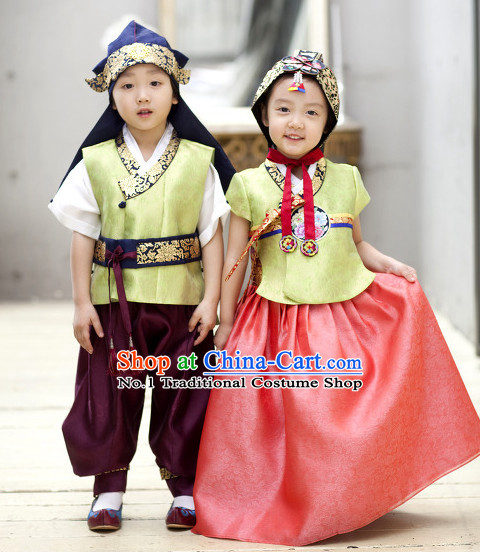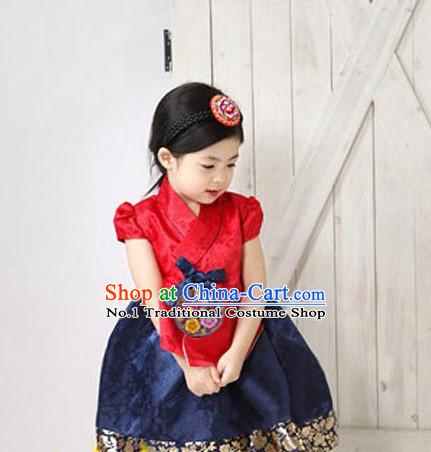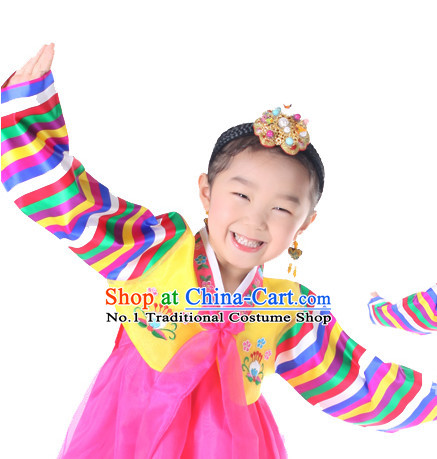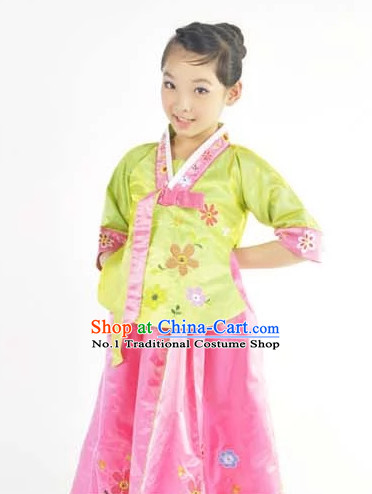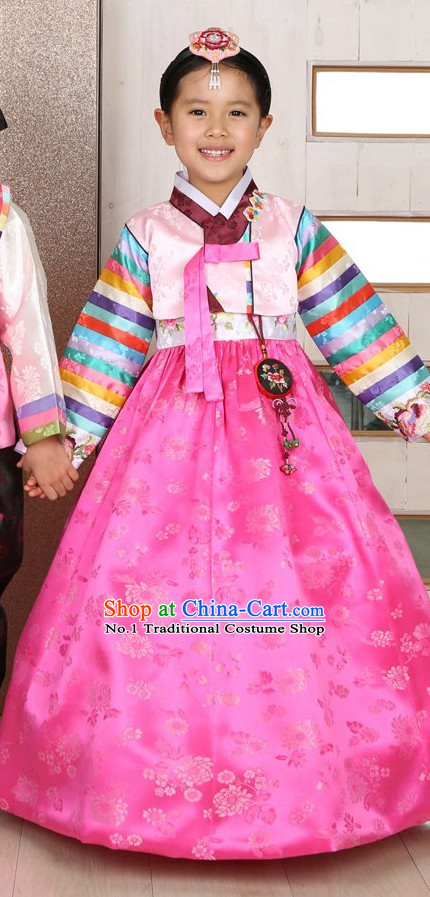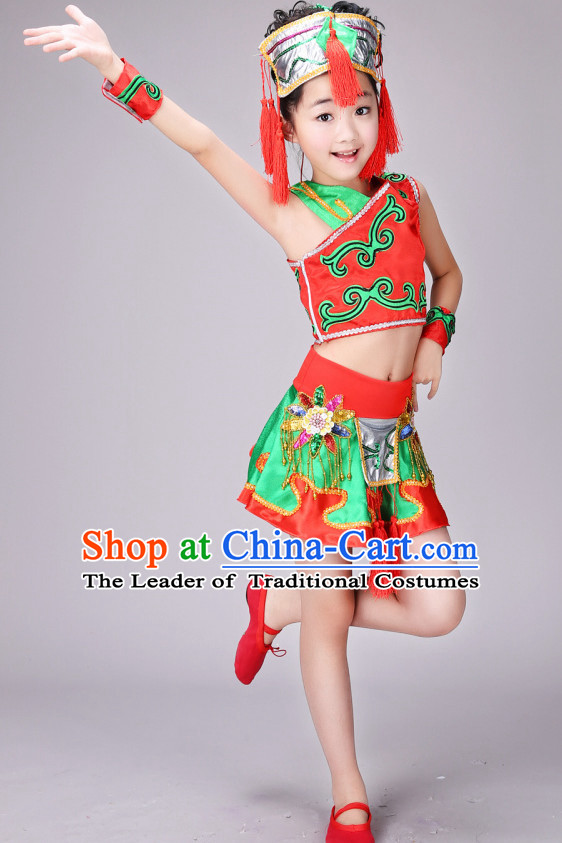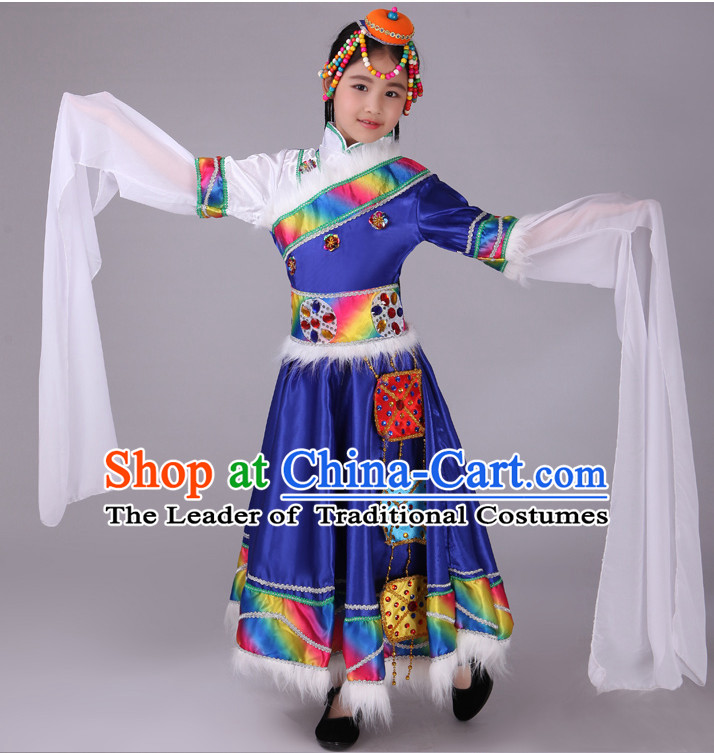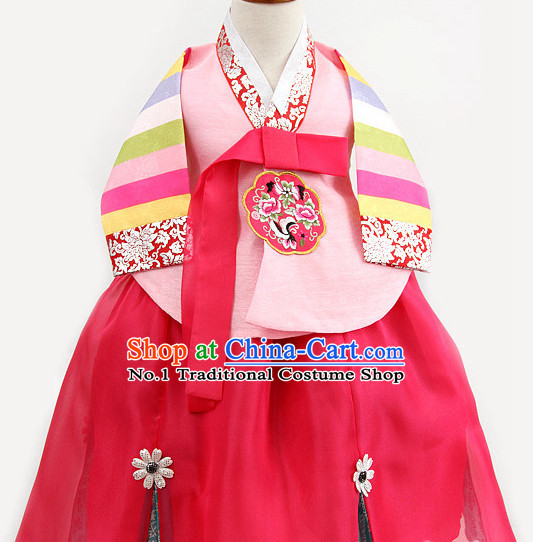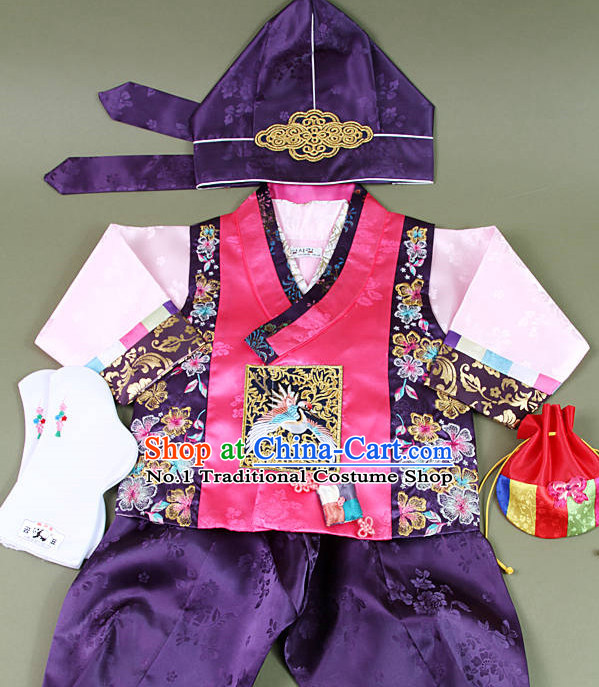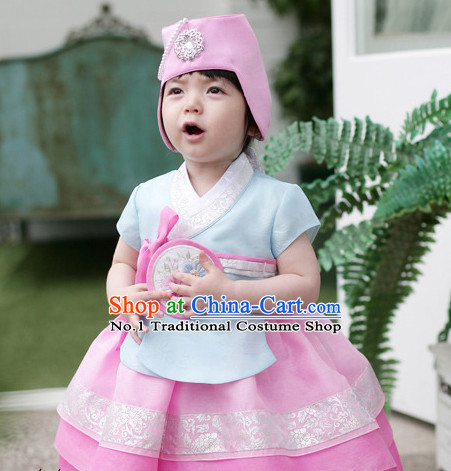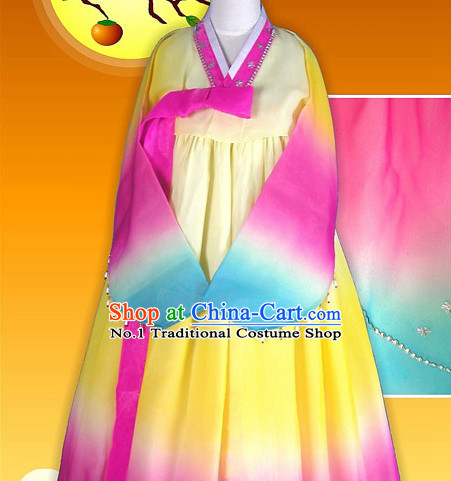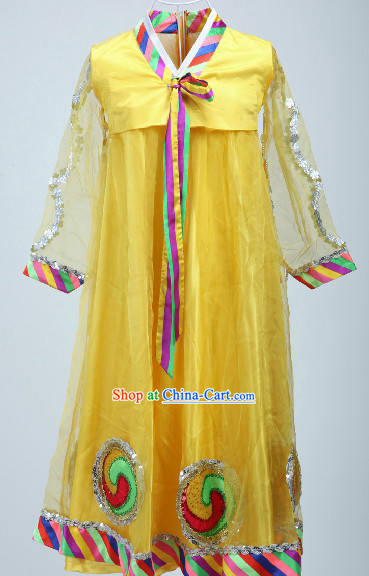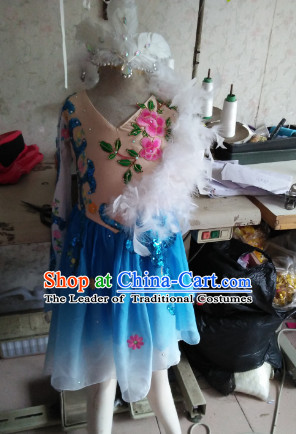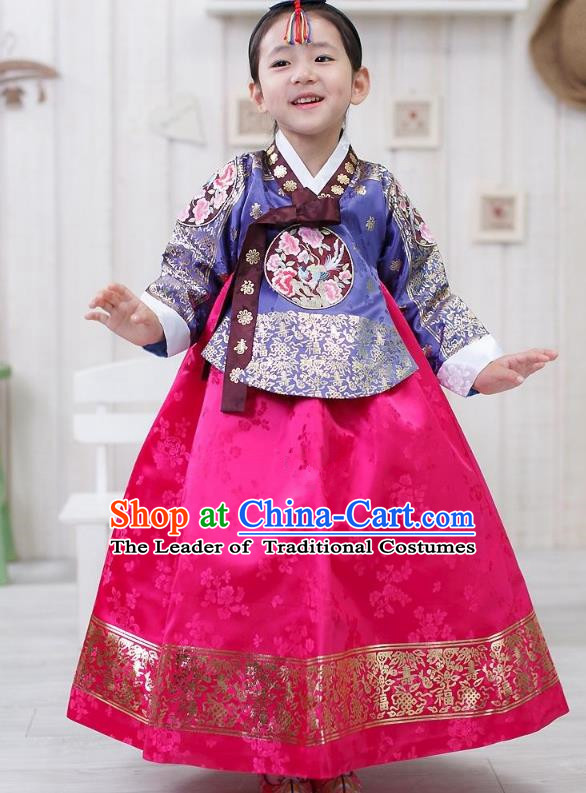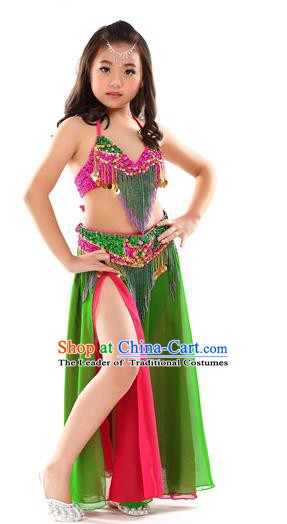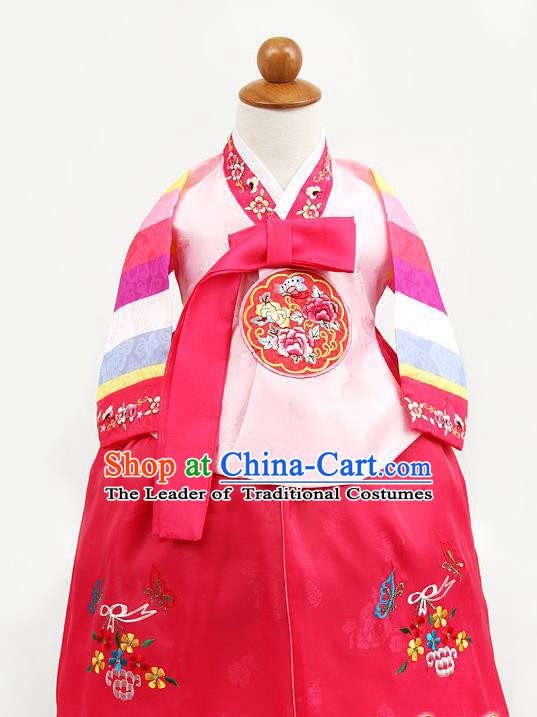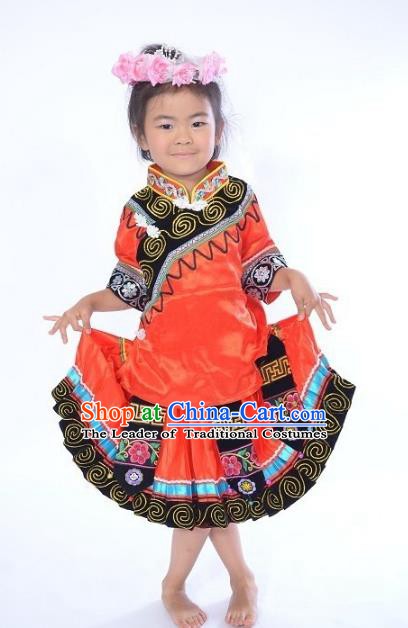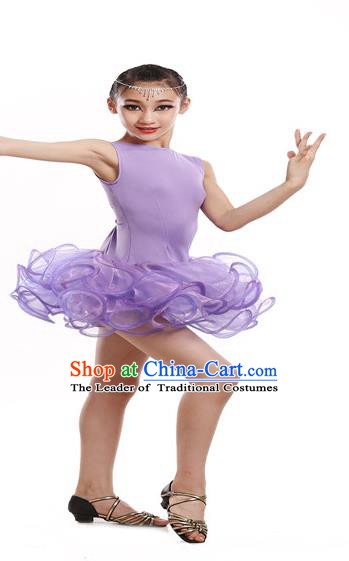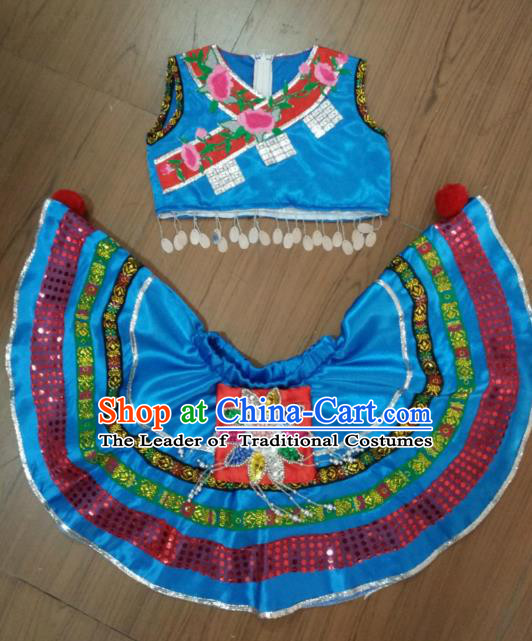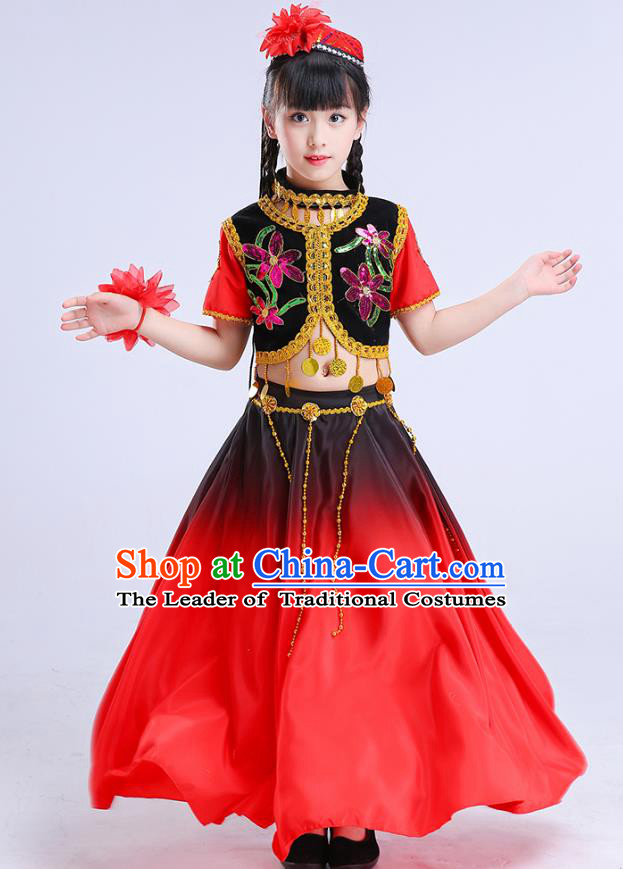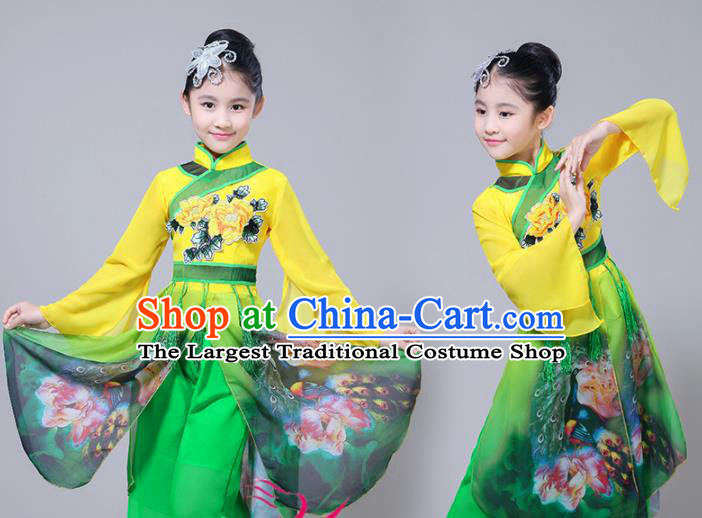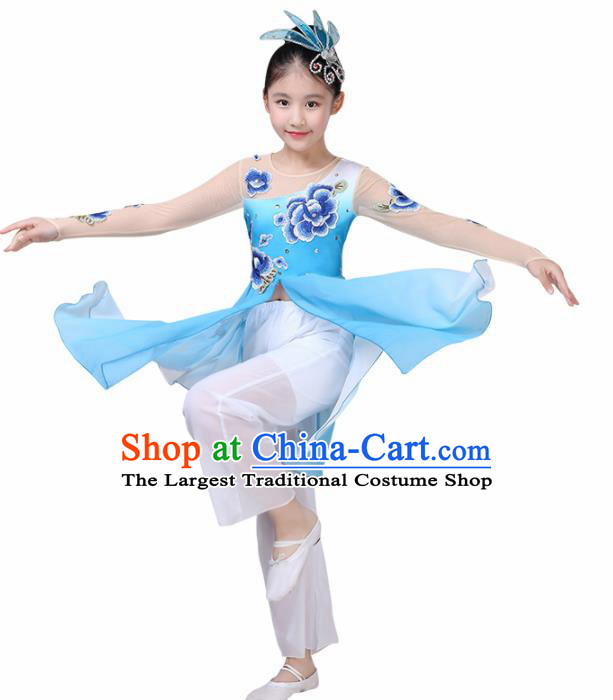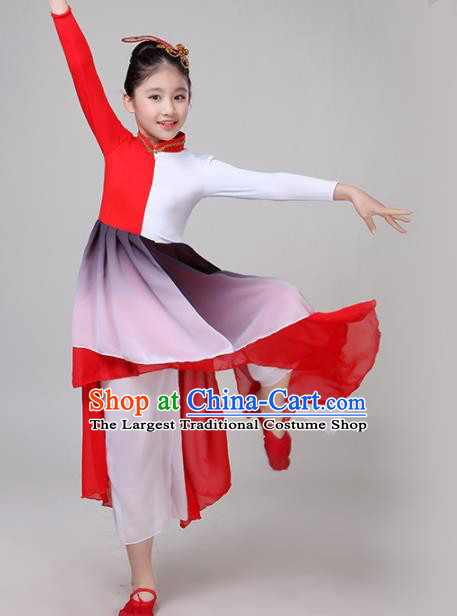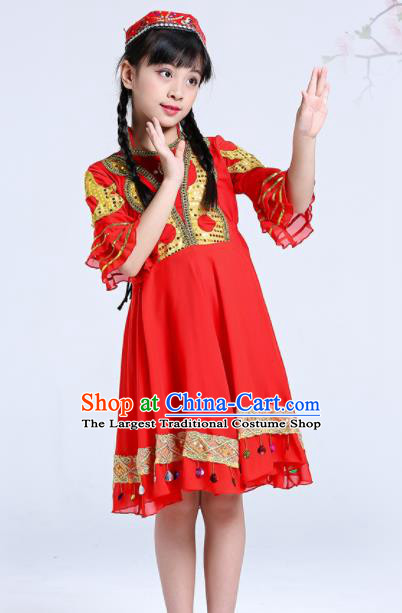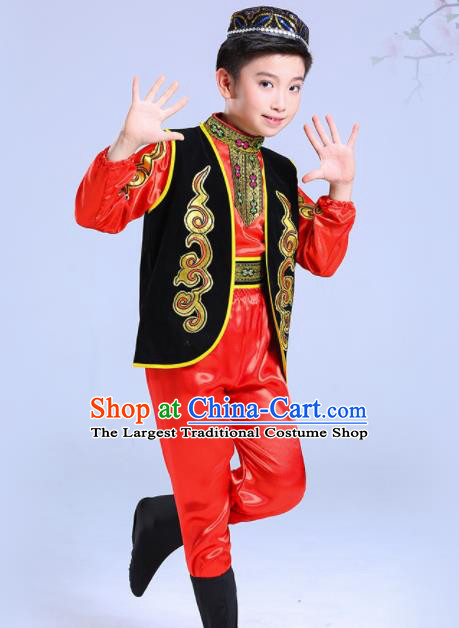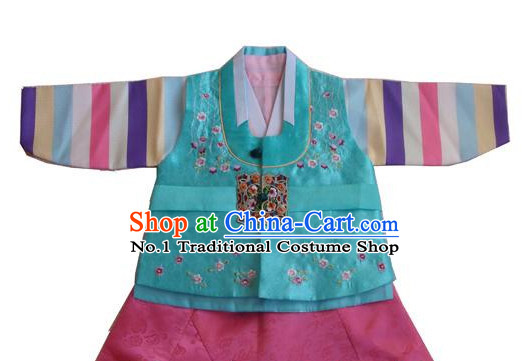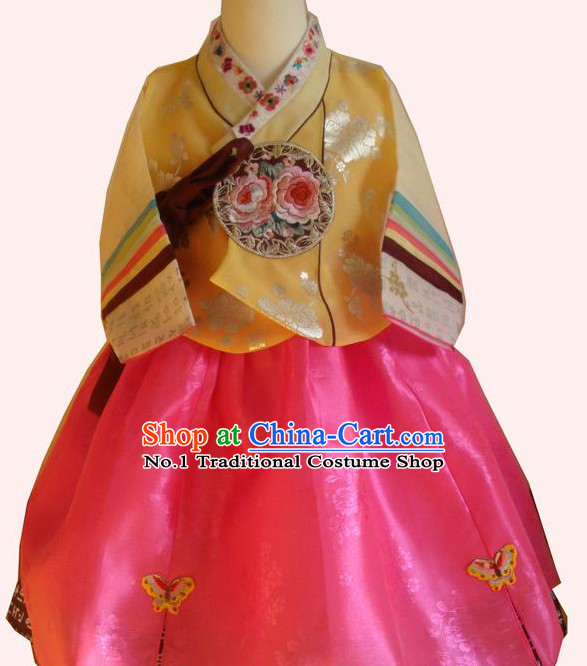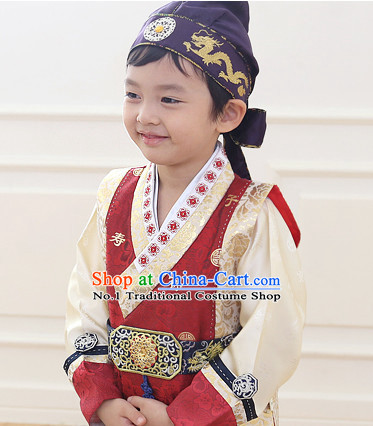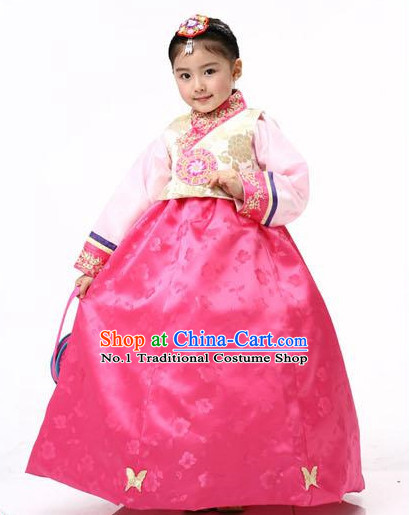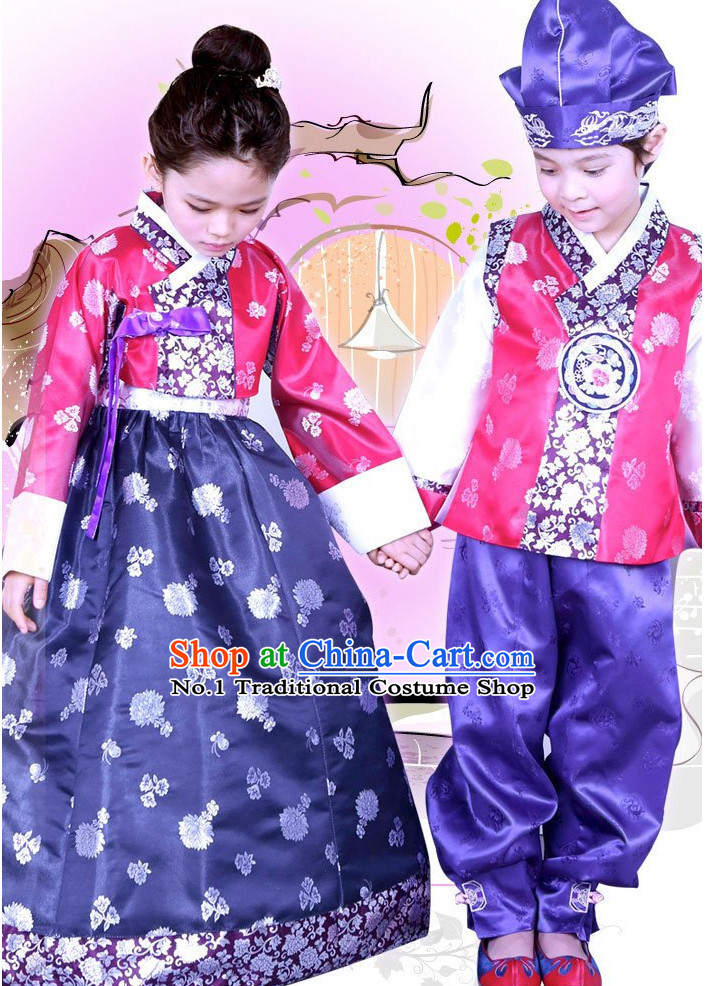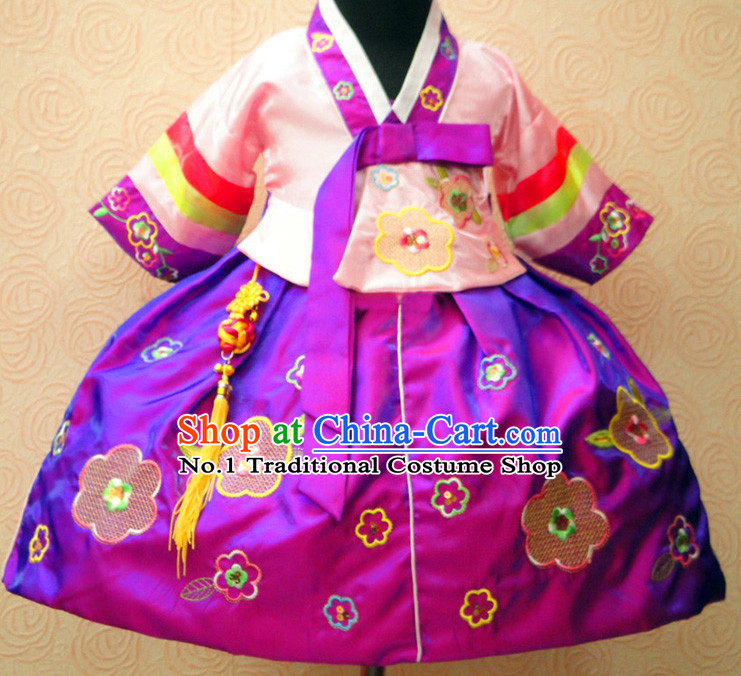
Click Related Pictures for More Audios:
Korean traditional clothing, such as hanbok and hanbok dance costumes, is an important part of Korean culture.
These garments are known for their unique designs, exquisite craftsmanship, and rich historical significance.
They represent the traditional values, aesthetics, and way of life of the Korean people.
Hanbok is an elegant and sophisticated garment that is typically made from silk and features intricate patterns and decorations.
It consists of elements such as a robe, skirt, headwear, and accessories.
The design of hanbok reflects the aesthetic concepts of Korean culture, emphasizing symmetry, balance, and harmony.
In addition, hanbok showcases respect for nature and seasonal changes, as its colors and patterns are often associated with specific seasons or weather conditions.
Hanbok dance costumes, on the other hand, are designed for children and aim to showcase the beauty of Korean traditional dance through performances.
These costumes typically feature bright colors and ornate decorations to captivate the audience and convey specific emotions or stories.
They may include headwear, skirts, shawls, and other accessories, all of which are meticulously crafted to ensure that children feel comfortable and confident while wearing them.
Korean traditional clothing is not only visually appealing but also carries profound cultural significance.
It reflects the history, beliefs, and values of the Korean people, as well as their pursuit of beauty.
By learning about and appreciating these garments, we can gain a better understanding of the unique aspects of Korean culture and appreciate its rich artistic heritage.
